Potential developmental threats of long-term combined pollutant exposure to higher trophic levels. CREDIT: The AUTHORS
GA, UNITED STATES, October 22, 2025 /EINPresswire.com/ — Tiny aquatic organisms can pass microplastics and heavy metals…
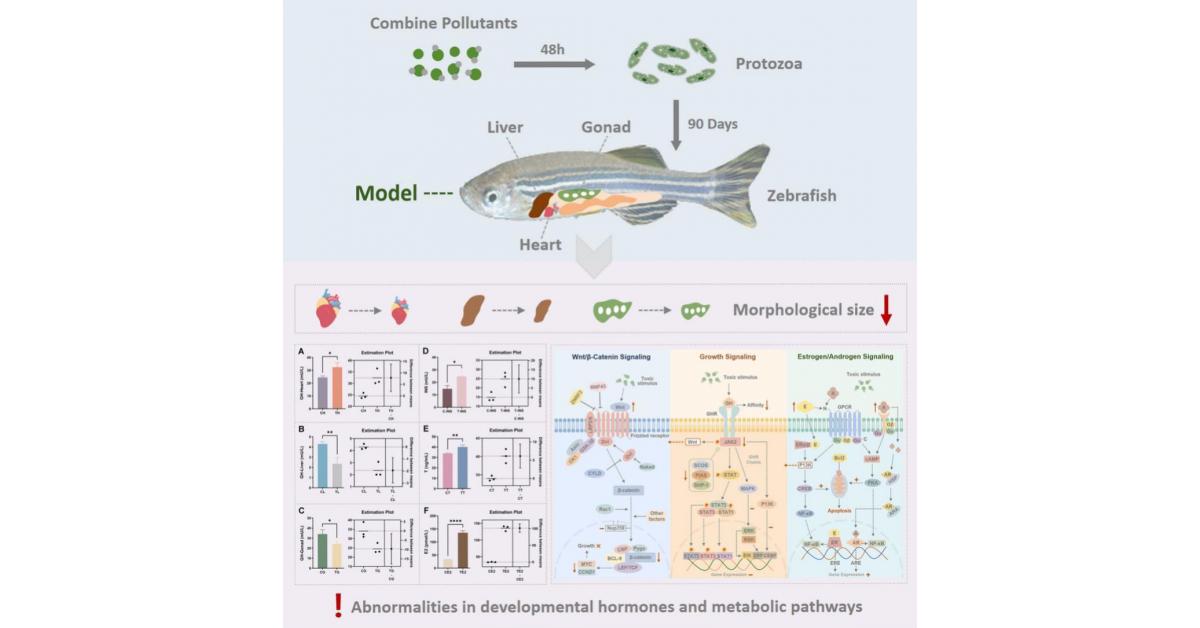
Potential developmental threats of long-term combined pollutant exposure to higher trophic levels. CREDIT: The AUTHORS
GA, UNITED STATES, October 22, 2025 /EINPresswire.com/ — Tiny aquatic organisms can pass microplastics and heavy metals…

Light-to-moderate alcohol consumption is associated with increases in blood pressure (BP) and stopping drinking – even drinking less – may lead to clinically meaningful BP reductions, according to a study published today…
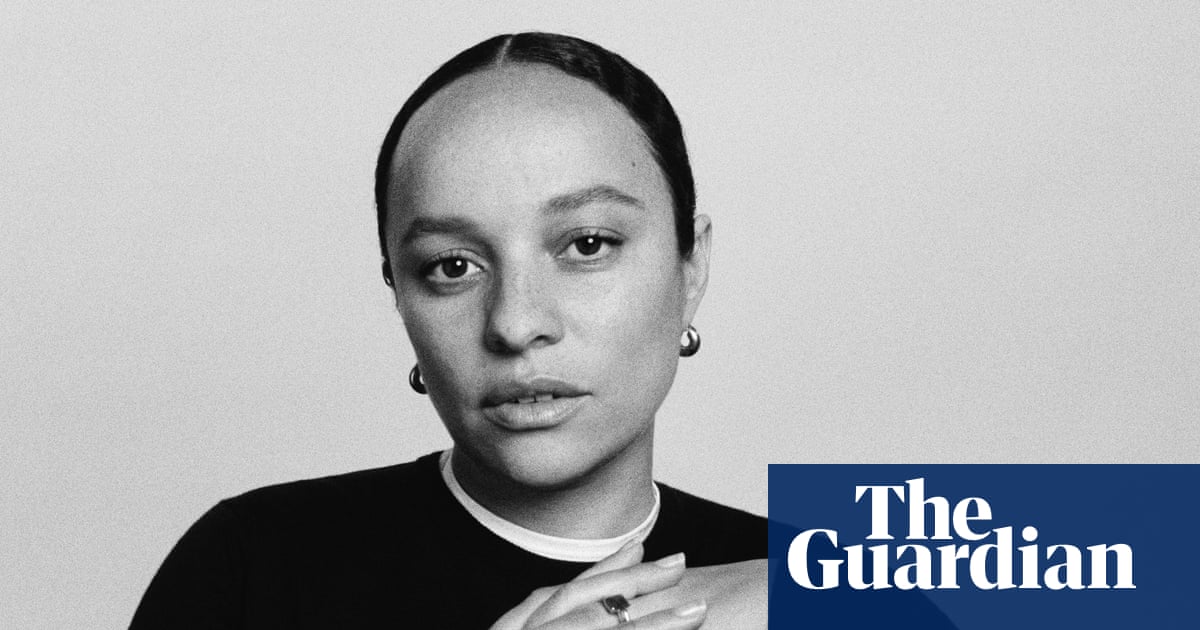
In 2019, the designer Grace Wales Bonner told an interviewer that it was a dream of hers “to work with a brand like Hermès”. Six years later, the 35-year-old Briton was named creative director of menswear for the French luxury company,…
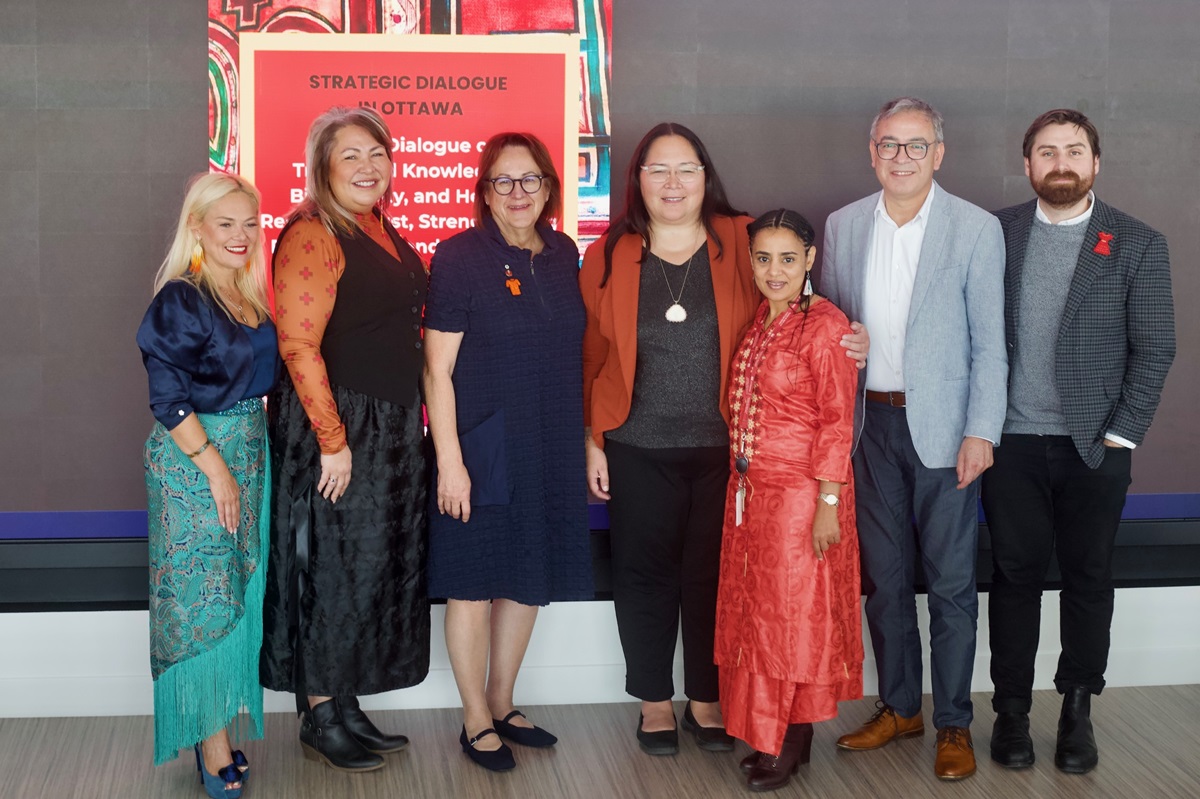
A two-day Dialogue on traditional knowledge, biodiversity and health, held on 1–2 October 2025 at the University of Ottawa, Canada, laid a foundation for strengthened Indigenous-led engagement in global health and biodiversity governance, anchored in trust, partnership and co-creation.
The ‘Ottawa Dialogue on Traditional Knowledge, Biodiversity and Health: Restoring Trust, Strengthening Partnerships, and Advancing Indigenous-Led Pathways’ brought together 25 participants, including Indigenous Elders, knowledge holders, community leaders, researchers, policy-makers, medical practitioners and UN representatives. It was hosted by the World Health Organization (WHO), in collaboration with Indigenous Peoples’ Centre for Documentation, Research and Information (Docip), the Ărramăt Project and Tinhinan Canada Association. The event marked a key step in co-developing WHO’s forthcoming Framework on Indigenous Knowledge, Biodiversity and Health, coordinated through the WHO Global Traditional Medicine Centre and the WHO Environment, Climate Change and One Health Department.
Held during events to mark the 10th anniversary of Canada’s Truth and Reconciliation Commission’s Final Report, the Dialogue centred discussions around truth-telling, reparative justice and respectful and rights-based engagement. Elder Claudette Commanda, Algonquin Anishinaabe Elder and Chancellor of the University of Ottawa opened the Dialogue with a land acknowledgement, ceremonial blessing and reflection, reminding participants that Indigenous knowledge must be protected, not misappropriated. Cristina Romanelli, WHO Biodiversity and Health Focal Point, underscored WHO’s role in the Dialogue to support Indigenous leadership in the co-creation process: listening, learning and walking alongside Indigenous partners to co-design a Framework that would serve as a blueprint for respectful engagement across all seven sociocultural regions.
In the high-level opening, presentations from First Nations, Inuit and Métis leaders set the stage for the Framework’s core pillars: trust, reciprocity, free, prior and informed consent (FPIC), equity and a holistic understanding of health and biodiversity grounded in Indigenous rights and worldviews.
Over two days, participants shared perspectives that grounded the discussion in lived experience and community realities, shaping the Framework’s normative, operational and legal foundations. Speakers linked the wellness of lands, waters, biodiversity and peoples and how these are inseparable from health and well-being. The also emphasized how, across Indigenous worldviews, health and biodiversity are inseparable from territory and stewardship.
They also emphasized Indigenous data sovereignty intergenerational and gender equity, cultural safety and the centrality of Indigenous knowledge systems, culture, language and methodologies were central tenets of the Framework.
Discussions also highlighted the creation of the Convention on Biological Diversity Subsidiary Body on Article 8(j) and associated Programme of Work, as a historic step centring Indigenous Peoples leadership in the biodiversity agenda.
Dr Geetha Krishnan, an Ayurvedic physician and WHO Technical Officer, explained that the WHO Global Traditional Medicine Centre was established to catalyse ancestral wisdom alongside modern science for the health of people and the planet, with a dedicated workstream on biodiversity, Indigenous Peoples and traditional knowledge. He reaffirmed that Indigenous Peoples are rights-holders and that respect, reciprocity and FPIC must guide co-design of the new WHO Framework.
Outcomes from the Dialogue will inform the draft WHO Framework on Indigenous Knowledge, Biodiversity and Health, to be shared with Indigenous Peoples across the seven sociocultural regions at the first meeting of the Convention on Biological Diversity Subsidiary Body on Article 8(j) (27–30 October 2025, Panama) and at the second WHO Global Summit on Traditional Medicine (17–19 December 2025, India).
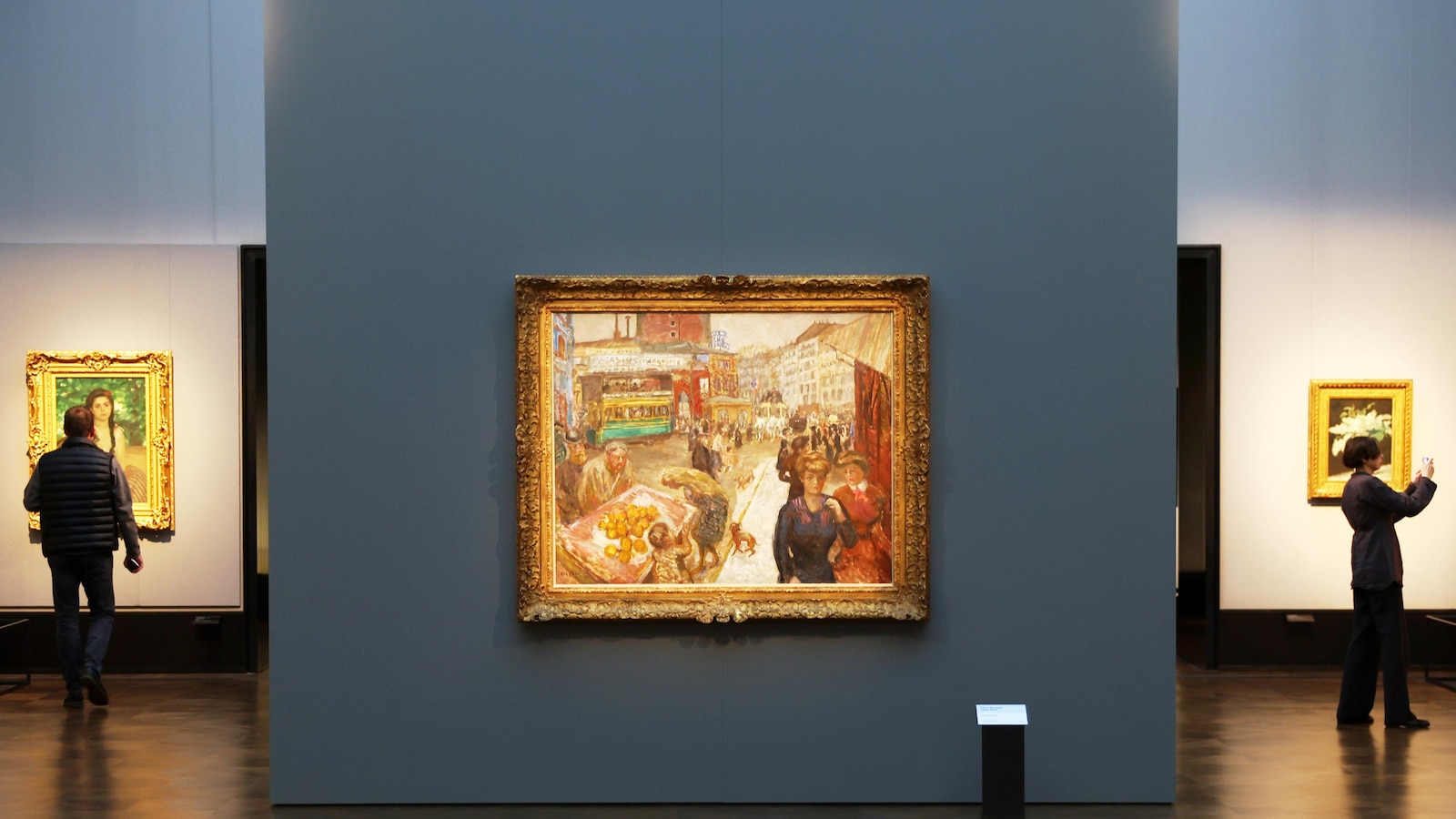
BERLIN — BERLIN (AP) — A major German private art collection accumulated over four generations is going on large-scale show for the first time in Berlin, with a who’s who of French art of the 19th and 20th centuries at its core.
The Scharf…
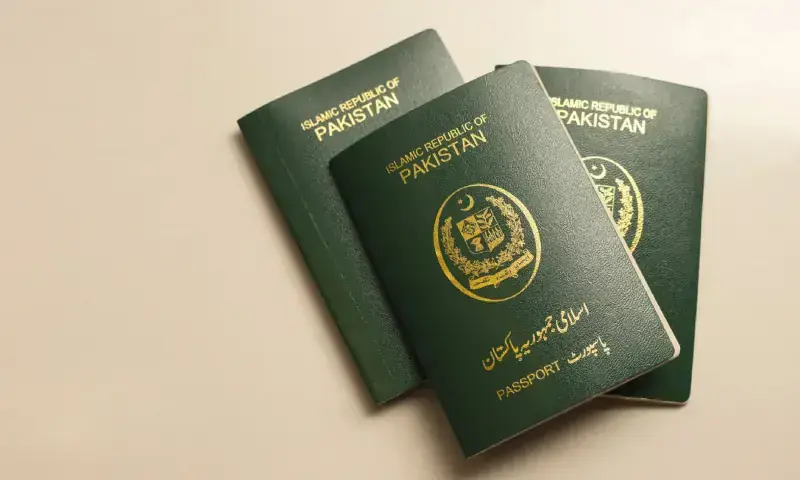
The Government of Pakistan has decided to completely redesign the national passport, introducing new security features and incorporating images of iconic landmarks from all four provinces.
According to official sources, the Directorate General of…

Prostate cancer (PCa) is the second most commonly diagnosed cancer among men worldwide, accounting for approximately 14.2% of new cancer cases in men, according to the Global Cancer Observatory database of the International Agency…

STONY BROOK, NY — October 22 2025 –-The State University of New York at Stony Brook researchers from the Department of Physics and Astronomy, are part of an international team of physicists conducting the T2K…
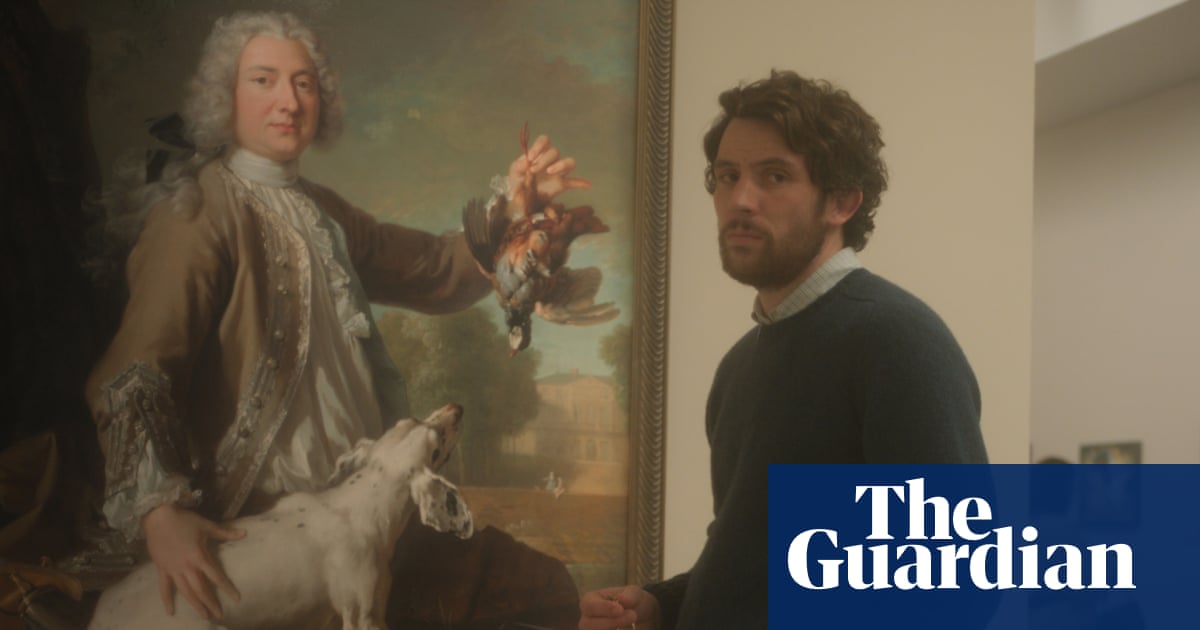
The term “cosy crime” describes the reassuring, cardigan-swaddled whodunnits that currently dominate both page and screen, but it carries different connotations for Kelly Reichardt, director of the new heist movie The Mastermind, as it surely…
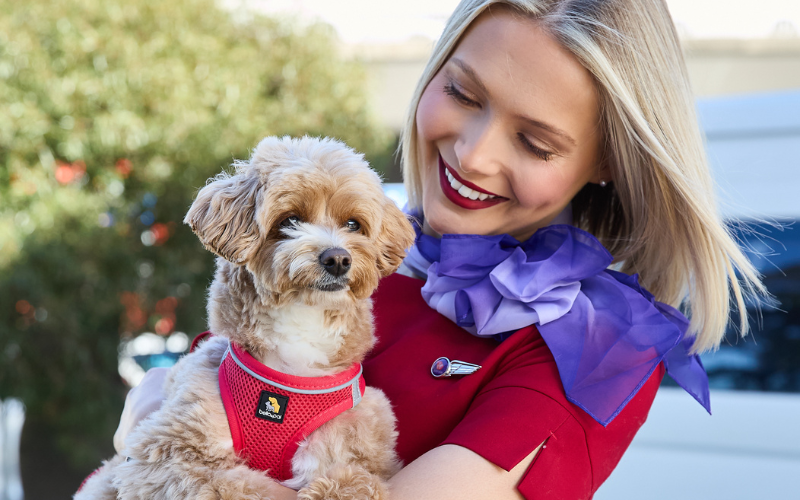
Virgin Australia has unleashed a new era of travel, becoming the first airline down under to launch a Pets in Cabin service.
The flights have kicked off with services between Melbourne, the Gold Coast, and the Sunshine Coast. Initially launching as a trial until 30 January 2026 before a planned rollout to all eligible domestic flights by late next year.
The service is already proving a hit for sunseekers, with more than half of all Pets in Cabin bookings to date made for the summer season. For many Australians, this means no more difficult goodbyes when the suncream and suitcases get rolled out.
This isn’t the airline’s first first either. Innovation runs in Virgin Australia’s DNA. From pioneering online check-in to introducing the Middle Seat Lottery (making life a little bit sweeter when you draw the short straw), and launching the country’s first Pride Flight – Virgin Australia has a track record of rewriting aviation norms.
To celebrate the inaugural furry flight (VA733 from Melbourne to the Gold Coast), guests were treated to 10,000 Velocity Frequent Flyer Points (enough to redeem a one-way domestic flight) and treated to a special in-flight announcement from none other than Richard Branson. As he put it: “This is history in the making, and I hope it’s making everyone smile”, before adding an obligatory, “woof, woof!”
Allowing pets to travel in the cabin speaks to Virgin Australia’s spirit of doing things differently to make flying just that little bit more wonderful. As the airline’s CEO Dave Emerson put it: “Pets are part of the family, and this new service is about making sure every member, human or furry, can enjoy the journey together. We’ve always believed in doing things differently, and this innovation continues that legacy.”
How it works, in case you’re curious…
Eligible small dogs and cats can travel for an introductory price of $149 per animal, per flight. Pets must travel in an approved soft-sided carrier that fits under the seat in front of their owner.
There will be a limit of four pets per flight, and guests travelling with pets will be seated in designated window seat rows to ensure comfort and safety for all passengers.
Virgin Australia’s advanced air filtration systems remove 99% of airborne particles, including pet dander, to ensure the cabin remains allergy-safe. Guests with allergies can also choose alternative seating, free of charge.
Bookings for Pets in Cabin can be made by calling the Virgin Australia Guest Contact Centre on 13 67 89.
Find more pet-friendly details right here.